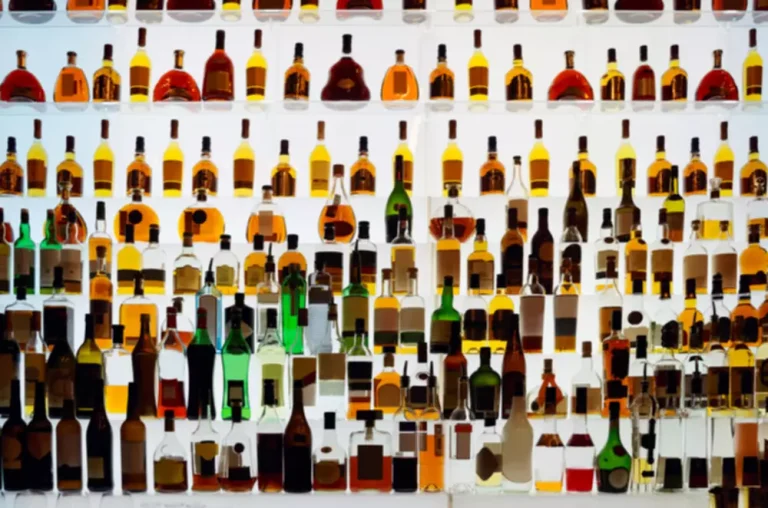
The scarring from cirrhosis is sometimes partially reversible. However, when liver tissue loss is severe enough to cause liver failure, most of the damage may be permanent. However, if the disease progresses, it is often not reversible. Medications and lifestyle modifications may also be prescribed depending on the stage. Having a high body mass index (BMI, a calculation based on height and weight but not taking into account other variables affecting weight) has been shown to increase mortality rates (being subject to death) and the risk of liver cancer. Reducing weight if you’re overweight, eating a healthy diet, and regular exercise can help someone with early ALD who has stopped drinking decrease their risk of advanced liver disease.
Stopping drinking alcohol
When seeking answers, people often look to experts for clear and accurate information. By subscribing to decompensated cirrhosis and liver transplant content from Mayo Clinic, you have taken an important first step in gaining knowledge and using it for your overall health and well-being. Abstaining from all alcohol use can cure ALD in the early stages. Nutrition guidance, corticosteroids, and other supportive treatments can help people with severe ALD to live longer. Someone with decompensated cirrhosis may develop ascites (or fluid in the abdomen), gastrointestinal bleeding, and hepatic encephalopathy, in which the brain is affected.
- Based on recent data, treatment with pentoxifylline is not supported.
- About half of people with complications of cirrhosis survive at least 5 years after diagnosis.
- Regardless of ethnicity, the implementation of TE was validated as a cost-effective screening tool and correlated with the prognosis in patients with different stages of liver disease [147].
- Compared with miRNAs, a variety of clinical studies on MSCs therapy in different etiologies of liver disease have been conducted in recent years, including the ALD spectrum [255].
- Other epigenetic mechanisms include acetylation and methylation of DNA mediated by ethanol [71].
Alcohol-Related Hepatitis: Prevention & Treatment
The histology of end-stage alcoholic cirrhosis, in the absence of acute alcoholic hepatitis, resembles that of advanced liver disease from many other causes, without any distinct pathologic findings (Figure 3). Established alcoholic cirrhosis can manifest with decompensation without a preceding history of fatty liver or alcoholic hepatitis. Alternatively, alcoholic cirrhosis may be diagnosed concurrently with acute alcoholic hepatitis. The symptoms and signs of alcoholic cirrhosis do not help to differentiate it from other causes of cirrhosis. Patients may present with jaundice, pruritus, abnormal laboratory findings (eg, thrombocytopenia, hypoalbuminemia, coagulopathy), or complications of portal hypertension, such as variceal bleeding, ascites, or hepatic encephalopathy.

Late-stage signs
- Blood tests can also detect if you have low levels of certain substances, such as a protein called serum albumin, which is made by the liver.
- It is important to encourage patients with alcoholic liver disease to participate in counseling programs and psychological assistance groups.
- In addition to confirming the diagnosis, liver biopsy is also useful for ruling out other unsuspected causes of liver disease, better characterizing the extent of the damage, providing prognosis, and guiding therapeutic decision making.
- No amount of alcohol is considered safe in patients with cirrhosis.
As your liver filters alcohol from the blood, liver cells die. The liver has some ability to regenerate but chronic alcohol use reduces this function. The disease gets more severe as alcohol consumption continues. Alcoholic liver disease (ALD) is caused by excessive alcohol consumption, which is https://ecosoberhouse.com/ defined as five or more drinks in a day or 15 or more drinks a week for men, and four or more drinks a day or eight or more drinks a week for women. Liver disease is just one of the consequences of excessive alcohol consumption. This is especially serious because liver failure can be fatal.
The most common sign of alcoholic hepatitis is yellowing of the skin and whites of the eyes, called jaundice. The yellowing of the skin might be harder to see on Black and brown people. However, eligibility may depend on being abstinent from alcohol for a specific length of time. In compensated cirrhosis, the liver remains functioning, and many people have no symptoms. In liver failure, the liver is severely damaged and can no longer function.

The liver tolerates mild alcohol consumption, but as the consumption of alcohol increases, it leads to disorders of the metabolic functioning of the liver. The initial stage involves the accumulation of fat in the liver cells, commonly known as fatty liver or steatosis. If the consumption of alcohol does not stop at this stage, it sometimes leads to alcoholic hepatitis.
What symptoms are associated with alcoholic liver cirrhosis?

Stopping drinking isn’t easy, especially as an estimated 70% of people with ARLD have an alcohol dependency problem. Lab Tests Online has more information on liver function tests. Evidence suggests people who regularly drink more than the recommended maximum amounts are most at risk of developing ARLD. A person who has alcohol-related cirrhosis and doesn’t stop drinking has a less than 50% chance of living for at least 5 more years. If you regularly drink alcohol to excess, tell your GP so they can check if your liver is damaged.

5. Environmental Factors
Please discuss your alcohol use truthfully with your provider. Most people with this condition have had at least seven drinks a day for 20 years or more. This can mean 7 glasses of wine, 7 beers, or 7 shots of spirits. alcoholic liver disease Eating a healthy diet, getting regular exercise, and avoiding liver-damaging foods such as fried foods, can also help the liver heal during treatment. In some cases, supplementation with vitamins may be recommended.
- Eosinophilic fibrillar material (Mallory hyaline or Mallory-Denk bodies) forms in swollen (ballooned) hepatocytes.
- But recent studies suggest that well-chosen people with severe alcoholic hepatitis have survival rates after a transplant similar to people with other types of liver disease who get liver transplants.
- The more you drink above the recommended limits, the higher your risk of developing ARLD.
- Once the liver stops functioning, an organ transplant may be an option.
- Some may experience mild pain in the upper right side of the abdomen.
- If you’re diagnosed with alcoholic hepatitis, you must stop drinking alcohol.
It is a good predictor of 6 months mortality and those with a score of less than 0.45 are considered to have a good prognosis and treatment with corticosteroids should be continued. Based on recent data, treatment with pentoxifylline is not supported. You will receive the first liver transplant and decompensated cirrhosis email in your inbox shortly.
Liver Transplantation

For these patients, a liver transplant is often the best option. Historically, those with alcoholic cirrhosis have not been liver transplant candidates because of the risk that they will return to harmful drinking after transplant. Recent studies, however, suggest that carefully selected people with severe alcoholic cirrhosis have post-transplant survival rates similar to those of liver transplant recipients with other types of liver disease. Continued liver damage due to alcohol consumption can lead to the formation of scar tissue, which begins to replace healthy liver tissue.




